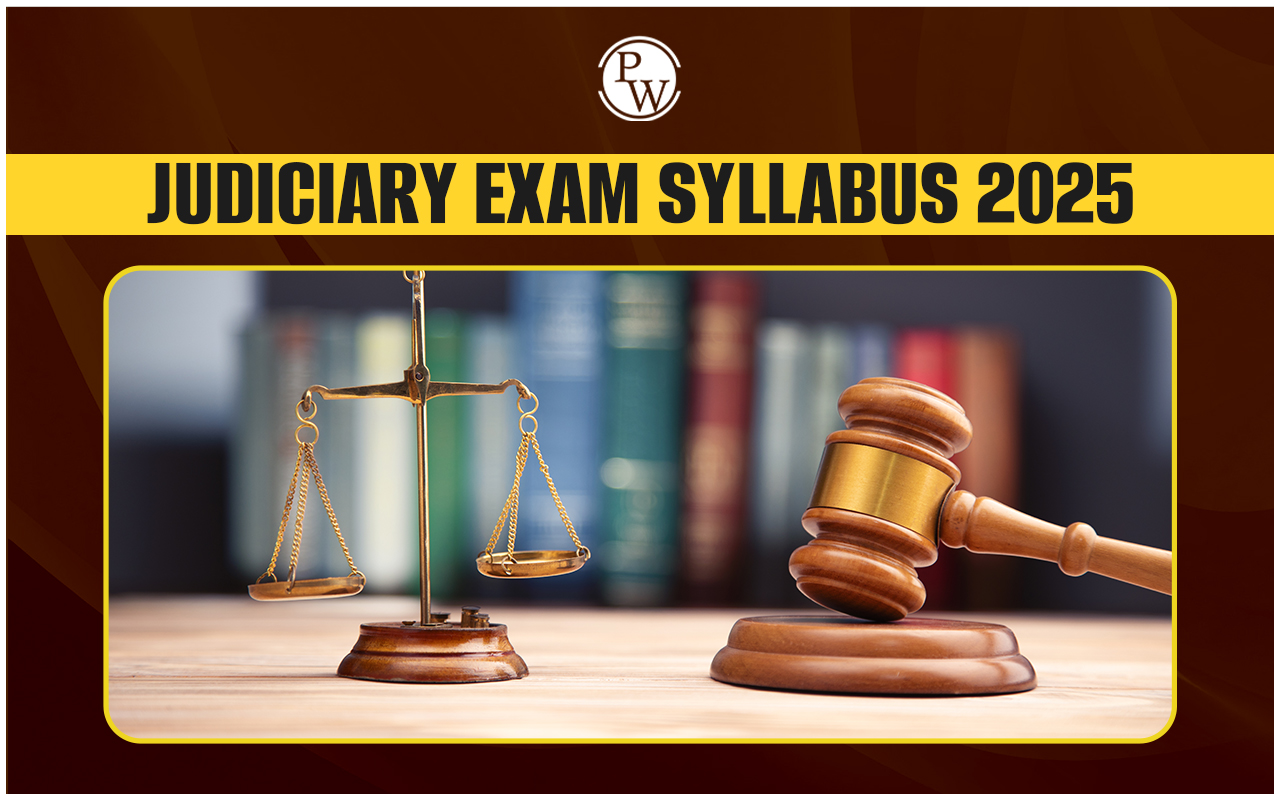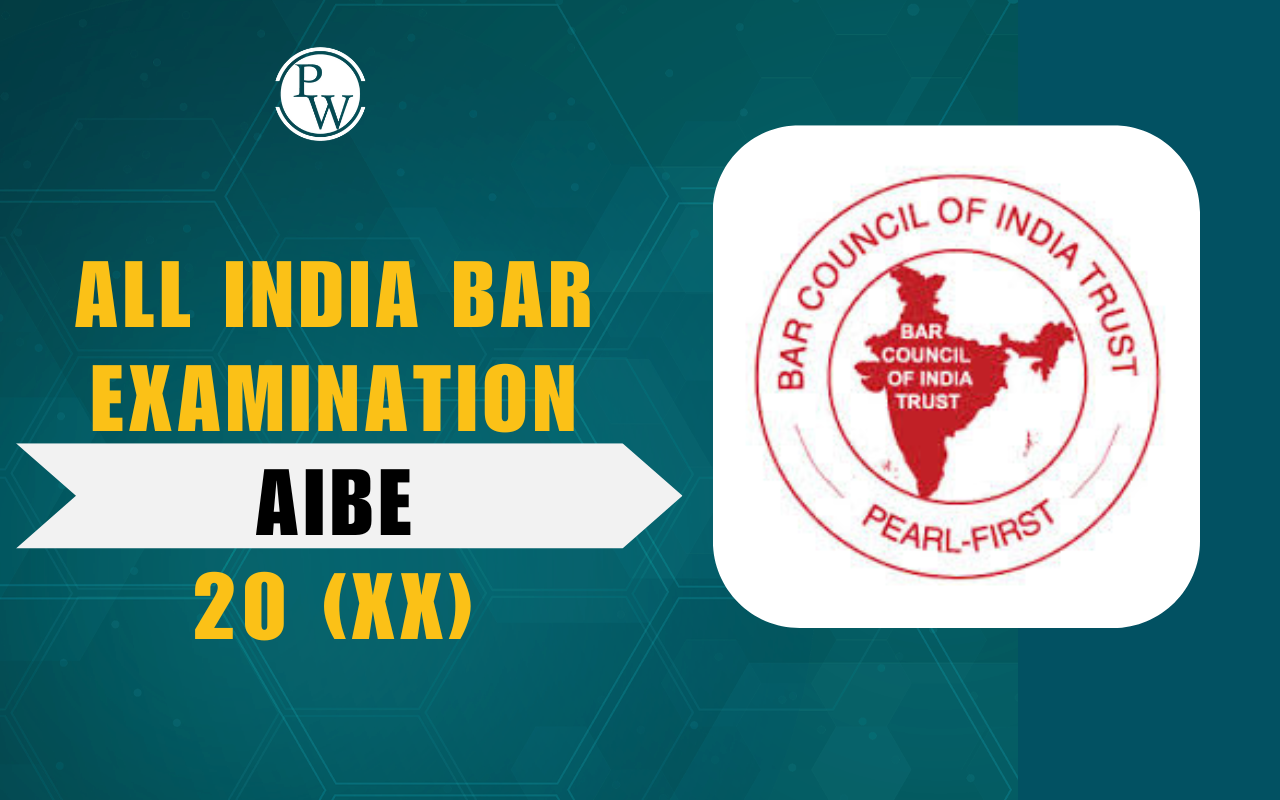

What is the difference between Judge and Magistrate: Understanding the difference between judge and magistrate is essential for aspirants preparing to be part of the complex legal system of India. The positions of Judge and Magistrate may appear similar at first, but a closer study will outline the key differences regarding their roles and functions, authority, appointment, and jurisdictions.
A magistrate is a judicial officer who handles lower-level cases and preliminary hearings, while a judge is a higher-ranking legal official who presides over more serious cases in courts and delivers binding judgments.Magistrate vs Judge
For a better understanding, the difference between Judge and Magistrate is given below.| Aspects | Magistrate | Judge |
| Role and Jurisdiction | Handles lower-level cases including minor crimes, traffic violations. | Oversees more serious cases such as felonies, significant civil matters. |
| Appointment | Often appointed by judges or elected locally. | Usually requires a law degree; appointed or elected at state or federal levels |
| Qualifications | Fewer formal qualifications; training may vary | Requires a law degree and extensive legal experience; may need to pass judicial exams |
| Decision-Making Power | Limited authority; rulings can be reviewed by higher courts | Significant authority; decisions are binding and can set legal precedents |
| Court Structure | Operates within lower-level or specialized courts | Serves in trial courts and appellate courts, handling a wide range of legal issues |
| Responsibilities | Issues warrants, conducts arraignments, and oversees preliminary hearings | Presides over trials, ensures legal compliance, delivers verdicts, and manages court proceedings. |
Who is a Magistrate?
The term "Magistrate" originates from the old French word "Magistrate," which refers to civil officers responsible for administering laws and public machinery. A magistrate is a judicial officer who oversees lower-level legal matters, such as minor criminal offenses, traffic violations, and preliminary hearings. They have the authority to issue warrants, set bail, and make decisions on various civil disputes. The Magistrate or District Collector is the key figure in being the Administrative, Revenue Officer, and Chief Executive. They can be appointed or elected, and their qualifications may vary by jurisdiction. Magistrates help facilitate the efficient functioning of the judicial system.Different Types of Magistrate in India
In India, magistrates are categorized into different types based on their jurisdiction and the nature of cases they handle. Here are the main types of magistrates in India.1. Chief Magistrate: They are the highest-ranking magistrates in a district and are appointed by the high court. They oversee the functioning of subordinate magistrates and have the authority to handle serious cases within their jurisdiction.
2. Metropolitan Magistrate: Operates in metropolitan areas with a population of more than a million and deals with cases falling under the Criminal Procedure Code . They handle a variety of offenses, including those related to the Indian Penal Code and other special laws.
3. Judicial Magistrate: They are subordinate to the Chief Judicial Magistrate governed by the Session Judge.
4. Executive Magistrate: They are appointed by the state government in the district and are responsible for maintaining public order and administrative functions. They can deal with preventive actions and specific statutory offenses in cases of unlawful assemblies.
Who are the Judges?
The term "Judge" has its origins in the Anglo-French term "Juger," meaning to form an opinion, and the Latin word "Judicare," which signifies examining, forming an opinion, and pronouncing judgment. A judge is a judicial officer who presides over court proceedings and ensures that justice is administered fairly and impartially. Judges are tasked with maintaining order in the courtroom, guiding legal proceedings, and ensuring that the rights of all parties involved are protected. After hearings, they deliver judgments or verdicts based on the law and the facts presented, which can have significant legal and social implications. Their role is essential to the judicial system, as they uphold the rule of law and contribute to the fair administration of justice.How To Become a Judge in India After LLB
Different Types of Judges in India
In India, judges are classified into various types based on their jurisdiction and the levels of the courts they serve. Each type of judge plays a crucial role in the Indian judicial system, ensuring the effective administration of justice at various levels. Here are the main types of judges.| Types of Judges | Appointment | Definition |
| District Judges | Appointed by the Governor of the state, often through the High Court | District Judge refers to the Judge of a principal Civil Court of original jurisdiction but shall not include a High Court in the exercise of either its ordinary or extraordinary original civil jurisdiction. |
| Session Judges | Appointed by the High Court | Session courts are established by the state government of each session division in India and are presided over by a Sessions Court Judge. |
| High Court Judges | Appointed by the President of India, based on the advice of the Chief Justice of the High Court | Judges at the state level who hear appeals and significant cases, interpreting state laws and constitutional issues. |
| Supreme Court Judges | Appointed by the President of India | The highest-ranking judges who preside over the Supreme Court, handling constitutional and significant national matters. |
| Civil Judge junior division | Appointed by the Governor, usually on the recommendation of the High Court | He decides civil cases of small pecuniary stake |
How to Become a High Court Judge
Similarities Between Judge and Magistrate
Despite differences in their specific roles and jurisdictions, the similarities between Judge and Magistrate, highlight their shared responsibilities and functions within the legal framework. Some key similarities between judges and magistrates are as follows.- Both judges and magistrates have the authority to interpret and apply the law, making decisions in legal cases.
- They both preside over court proceedings, ensuring that the legal process is followed and that justice is administered fairly.
- Both roles involve evaluating evidence, making legal rulings, and delivering judgments based on the facts of a case.
- Judges and magistrates are responsible for safeguarding the rights of all parties involved in a legal proceeding, ensuring fair treatment under the law.
- Both typically require legal training and a background in law, although the specific qualifications may vary.
- Both are subject to judicial review. Decisions given by them can be appealed to higher courts.
- Both are essential components of the judicial system, contributing to the resolution of disputes and the maintenance of law and order.
Salary Difference Between Judge and Magistrate
The salary of judges varies depending on the state. The average salary of a judge in India is around INR 44,840 per month. The salary structure depends on the position, experience, qualifications, and hierarchy of the court. Supreme Court Judges earn higher than the High Court Judges or District Court. T he salary range for district magistrates in India can vary from INR 56,100 to INR 2,25,000 per month. The salary structure is approximate figures that are subject to change based on various factors affecting government pay structures. Gain a deeper understanding of court procedures, case analysis, and legal reasoning through our specialized judiciary courses available at the best judiciary online coaching. Prepare for a rewarding career in the judiciary with expert-led courses that blend theory with practical insights into the judicial system. Read our Daily Current Affairs to stay updated with the recent news necessary for the judiciary exams.What is the Difference Between Judge and Magistrate? FAQs
What is the salary structure of a district judge in India?
Who is higher, judge or magistrate?
What is the work of a magistrate?
Which judge has the highest rank?
What is the power of a magistrate and judge?












